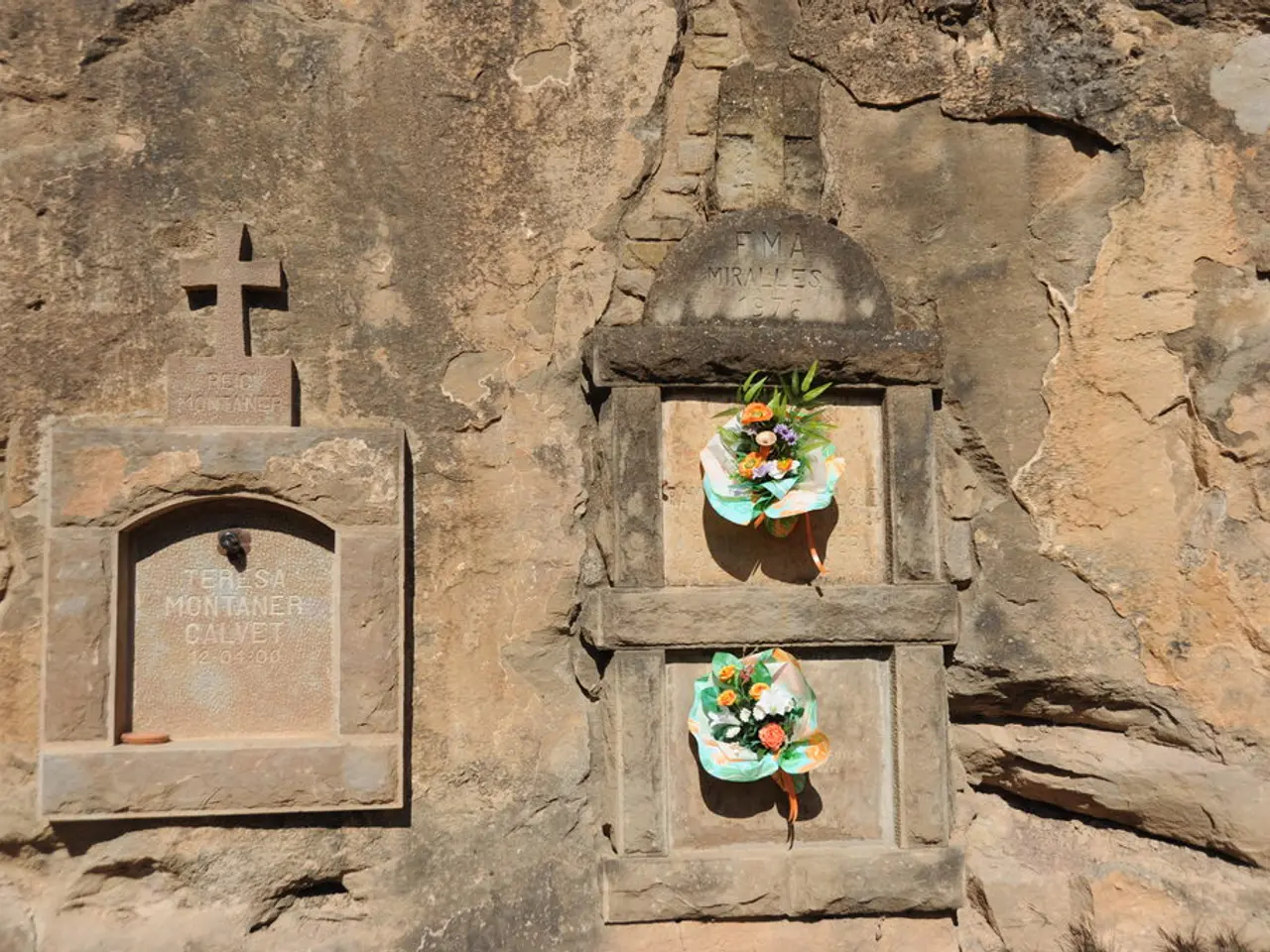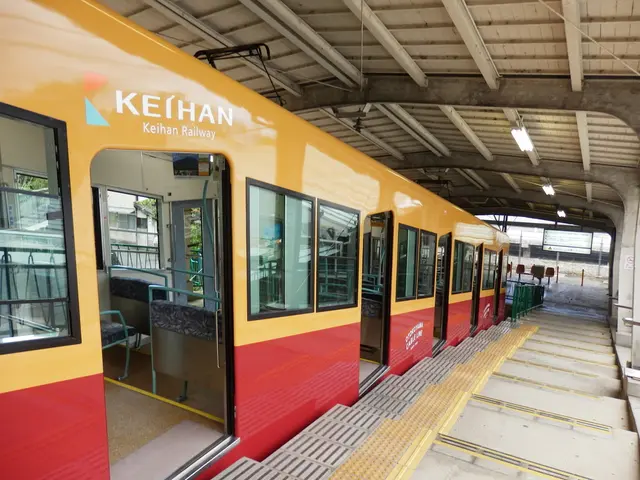Resurgence of Berlin City
In the heart of Berlin, Germany, stand symbols of unity, resilience, and history that tell tales of a city that has weathered turbulent times.
The Brandenburg Gate, commissioned by King Frederick William II of Prussia in the late 1700s, stands as a testament to peace. This grand neoclassical city gate, designed by architect Carl Gotthard Langhans, was inspired by the Propylaea—the gateway to the Acropolis in Athens. The sandstone gate, about 26 meters high and 65.5 meters wide, features 12 Doric columns creating five passageways, with the central one reserved for royalty.
Historically, the gate replaced an older guarded city gate and was first called the "Peace Gate" (Friedenstor). The design elements include reliefs of Greek mythology and virtues like friendship and public policy, with sculptures of Heracles and the goddess Eirene symbolizing peace. In 1793, a quadriga statue depicting the goddess of victory riding a chariot pulled by four horses was added atop the gate.
The Brandenburg Gate has been a witness to major political and historical events. During Napoleon's occupation of Berlin (1806–1814), the quadriga was taken to Paris and returned after Napoleon's defeat. In the 20th century, it was used extensively in Nazi propaganda and was heavily damaged in World War II. Post-war, the gate stood near the Berlin Wall and symbolized the division of Germany, with the Soviet and then East German flags flying on it. In 1961, President John F. Kennedy gave his famous "Ich bin ein Berliner" speech near the gate. After the fall of the Berlin Wall, it became a symbol of German reunification, famously reopened in a ceremony attended by East German Premier Hans Modrow and West German Chancellor Helmut Kohl in 1986.
Today, the Brandenburg Gate remains one of Berlin's most important landmarks and a symbol of peace, unity, and Germany’s turbulent history.
Another symbol of unity is the Buddy Bears project, started in 2002, which features hand-painted fiberglass bear sculptures throughout Berlin. The Reichstag, home of the German Bundestag, or Parliament, also stands as a beacon of unity, having been rebuilt following reunification with a strikingly modern glass dome replacing the destroyed roof. The unique dome allows visitors to climb toward the sky and experience panoramic views of the entire city.
The Berlin Wall, built in 1961 to separate East Berlin from the Western-controlled half of Berlin, stood as a physical and symbolic barrier for twenty-eight years. Checkpoint Charlie, the most famous border crossing between East and West Berlin, was the site of reunification in 1989.
The Topography of Terror, a museum that chronicles the evils of the Nazi regime, is built upon the remains of the former Gestapo building. The Tiergarten Soviet War Memorial commemorates the Soviet soldiers who lost their lives in the Battle of Berlin.
One of the most daring escapes from East Berlin was that of the Holzapfel family in 1965. Using a makeshift zipline, Guenter Holzapfel went first, followed by his parents. Heinz Holzapfel was the last to escape, but faced difficulties due to the cable hanging too low. His wife, Jutta, solved the issue by loosening the cable on their end.
President John F. Kennedy's speech "I am a Berliner" in 1963 emphasized the city's resilience and strength. Ronald Reagan implored Soviet leader Mikhail Gorbachev to open the barriers surrounding the Brandenburg Gate in 1987. These moments stand as reminders of the city's journey towards unity and optimism.
References: [1] Brandenburg Gate. (n.d.). In Encyclopædia Britannica. https://www.britannica.com/place/Brandenburg-Gate [2] Brandenburg Gate. (n.d.). In History.com. https://www.history.com/topics/modern-europe/brandenburg-gate [3] Brandenburg Gate. (n.d.). In DW.com. https://www.dw.com/en/brandenburg-gate/a-5555732 [4] Brandenburg Gate. (n.d.). In Berlin.de. https://www.berlin.de/en/sights/sight-of-the-month/brandenburg-gate-2174901-2.html [5] Brandenburg Gate. (n.d.). In Britannica.com. https://www.britannica.com/topic/Brandenburg-Gate/History-and-restoration
Read also:
- Urgent investment: Province funds 5.3 million dollars for expanding primary care in Elgin-Middlesex-London area
- Federal Environmental Protection Agency under scrutiny for alleged manipulation of soil sample results following East Palestine catastrophe
- RFK Jr. Takes Bold Step in Vaccine Research Development, Possibly Poseing a Threat to Public Safety
- Prostate enlargement symptoms, causes, remedies, and beyond: An overview





